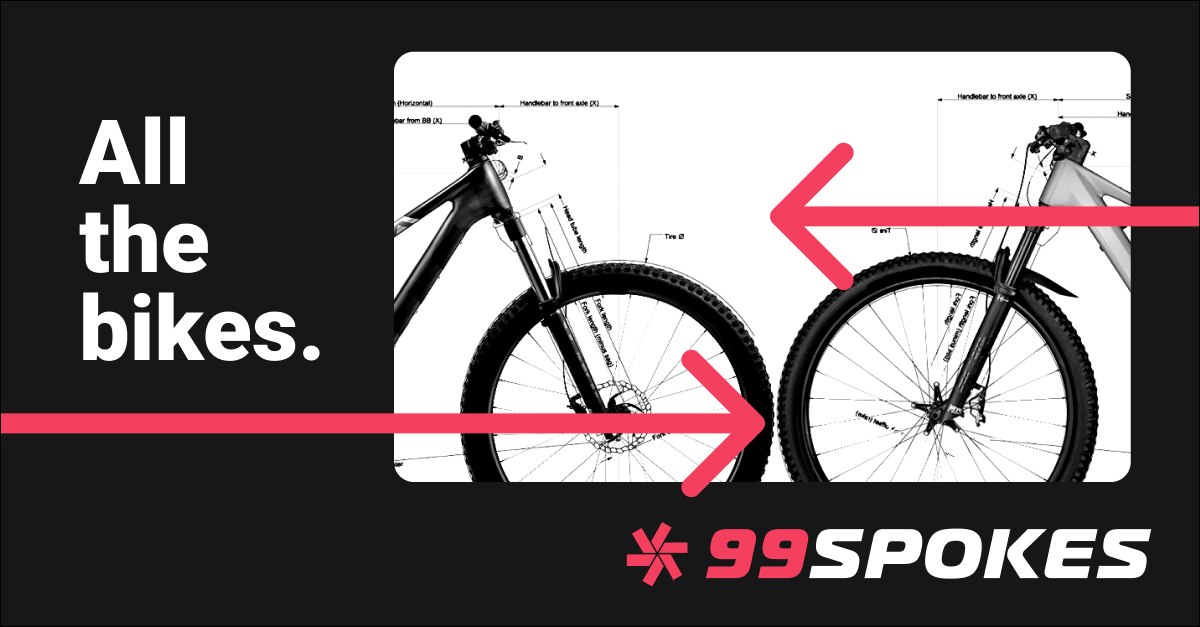Why you need a Fat Bike!

As outdoor enthusiasts, having the right gear is essential to enjoying and succeeding in our chosen activities. Whether we are hitting the trails for a hike, hitting the slopes for some skiing, or hitting the water for some kayaking, having the right equipment can make all the difference in our experience.
A fat bike is one piece of equipment often overlooked but can be instrumental in various activities. Also known as a fat-tire bike, a fat bike is a type of mountain bike with oversized tires, typically 4-5 inches in width. These wide tires provide several benefits that make them ideal for outdoor adventures.
One of the most apparent benefits of fat bikes is their ability to handle rough and uneven terrain. The wide tires provide a large contact patch with the ground, giving the rider better traction and stability on loose or uneven surfaces. This makes fat bikes ideal for off-road adventures, whether you are tackling rocky trails or sandy beaches.
Another advantage of fat bikes is their ability to float over soft surfaces. The wide tires provide a low-pressure, high-volume design, allowing the bike to flow on sand or snow. This makes fat bikes perfect for exploring remote areas inaccessible to other types of bikes, such as snowy trails down south in the winter or sandy beaches in the summer.
In addition to their off-road capabilities, fat bikes are also incredibly versatile. The wide tires and sturdy frames make them ideal for carrying heavy loads, making them an excellent option for bikepacking or touring. And, because they are mountain bikes at heart, they can also handle technical singletrack trails and other challenging terrains.
But perhaps the most significant advantage of fat bikes is the fun factor. Riding a fat bike is a unique and exhilarating experience, and it's hard not to smile when cruising over rough terrain or floating through the snow. And, because fat bikes are becoming increasingly popular, there are many fat bike-specific trails and events to explore.
A fat bike is worth considering if you love the outdoors and want versatile and fun equipment. Whether tackling rugged trails, exploring remote beaches, or looking for a new way to have fun, a fat bike has much to offer. So why not give one a try and see for yourself? You might be surprised at how much you enjoy it.
The Bike
Our choice of a fat bike is the one that is more trail-orientated, with a head tube angle of 66 to 68 degrees. This helps a lot with handling, likewise light wheels. Since we do a fair bit of hike-a-bike, we would like to keep things as lightweight as possible, so a carbon frame. When buying a bike, we also look for hydraulic disc brakes, a 1x drivetrain, 27.5in 4.5" wide, and a ridged frame, so there is no suspension. Ideally, we would love to have a carbon wheelset with cush-core inserts to help handle low tyre pressures, as well as the Lauf Carbonara fork for added suspension but without the added weight.

Our choice of bikes:
Rack, bags, and storage
When fatpacking (bikepacking with a fat bike), it's essential to carry enough water and equipment to be self-supported, especially when heading off-track.
An Aeroe Spider Fat Rack with a dry bag lets you keep using your dropper post.
The Rockbros handlebar bag and Rockbros frame bag are perfect options with the addition of a water bottle or tool kit on the down tube and Fidlock water bottles on either side of the forks. The top tube bags are small but allow easy storage of snacks and commonly used items. A Quadlock mount on the handlebars keeps your phone handy but safe.
See our list of local fatbiking adventures.
This article, and all other articles, are for entertainment purposes only and are not to be used as a guide. Please see our Disclaimer for more information.
